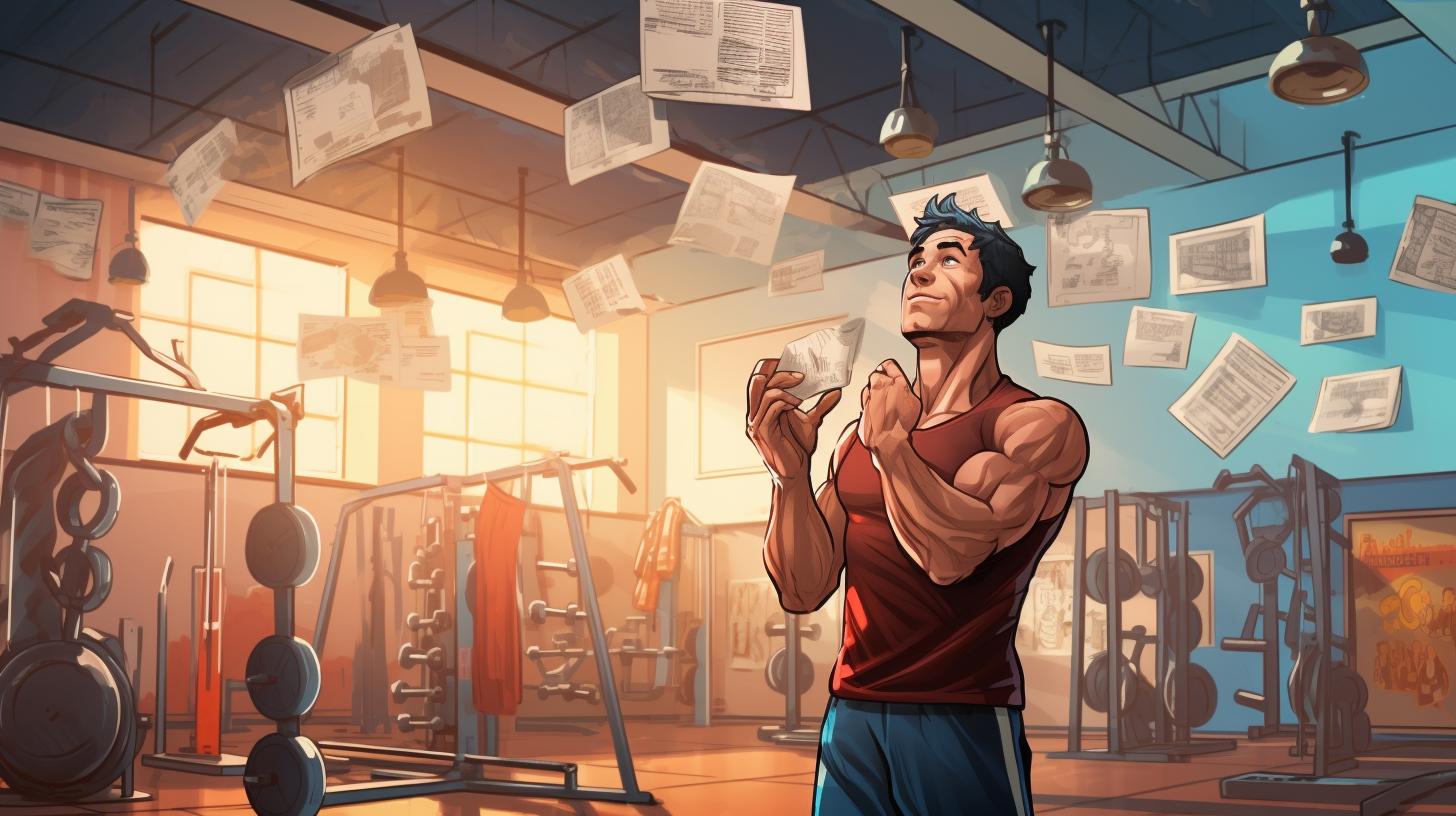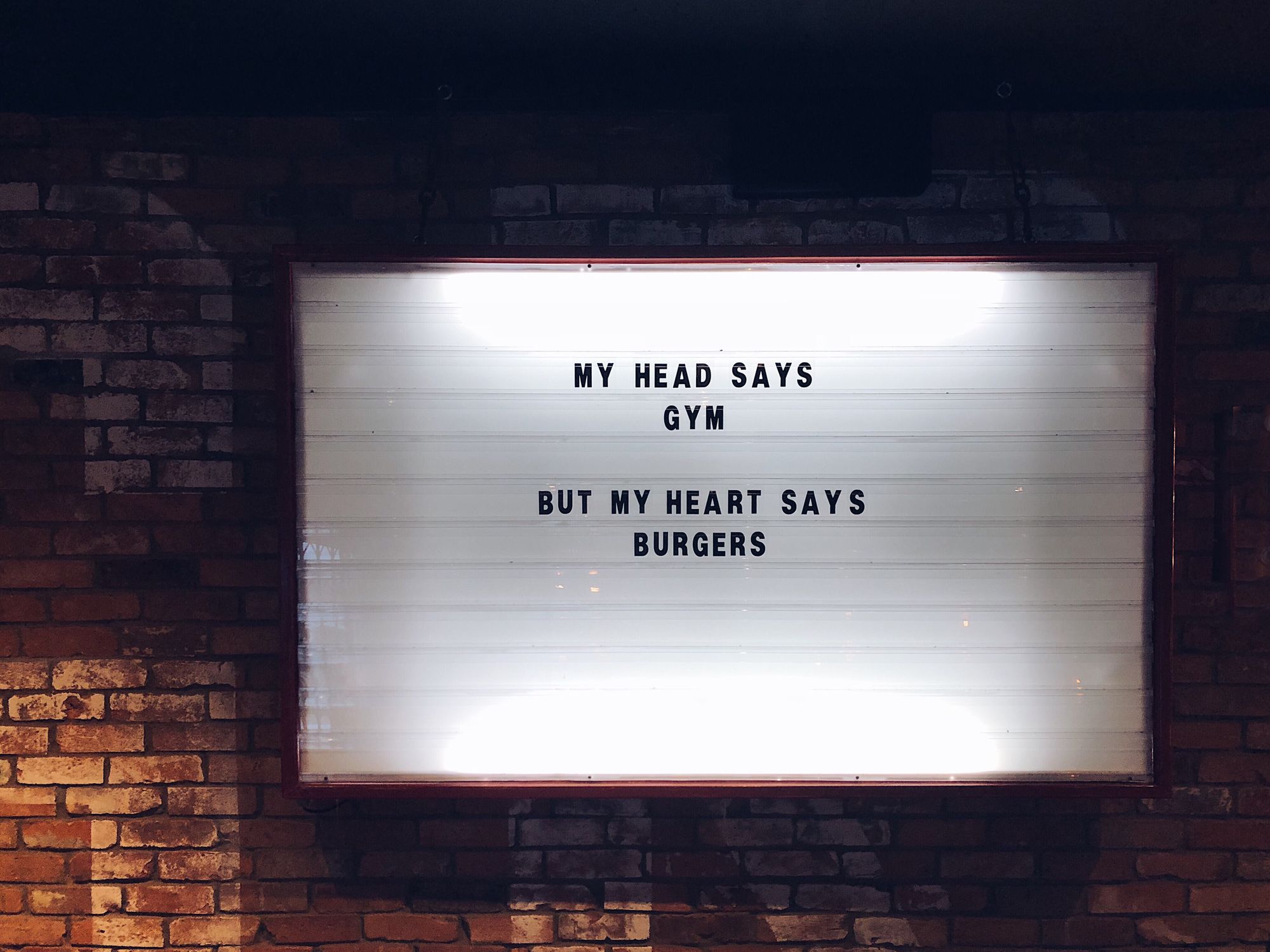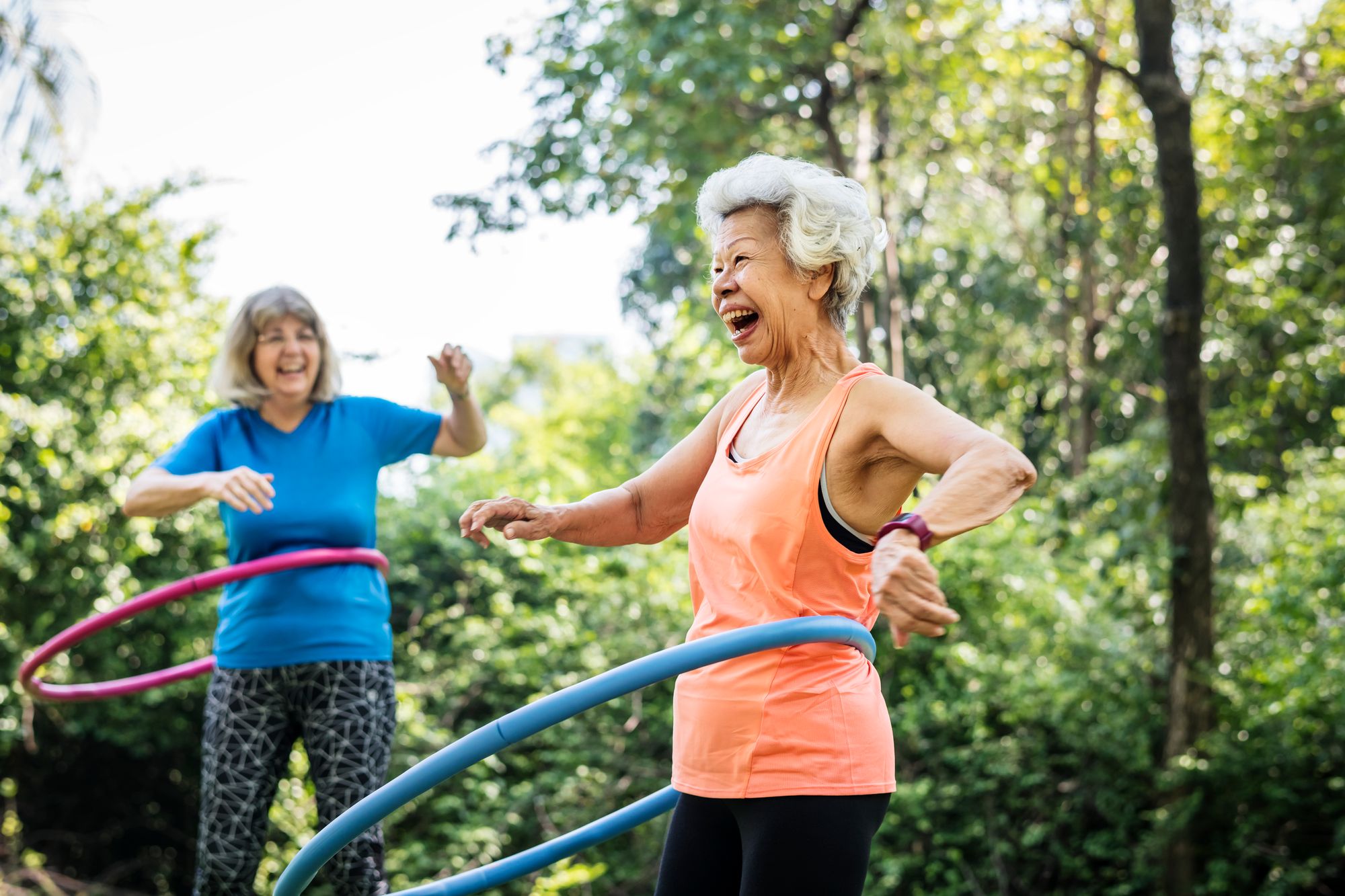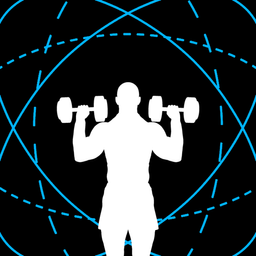Trying to Get Fit? Here Are 3 Reasons You Should Start Small
Trying to get fit? Don't immediately turn to extreme measures, like a sub-1000 calorie meal plan or exercising 7x weekly. Think small instead.

You want to get fit — effortlessly walk long distances without waddling like a penguin on land by the end of it, lift grocery bags straining at the sides without breaking a sweat, and just … well, look like you’re someone who “does sports”.
And when that desire strikes, you may be tempted to make drastic changes to your life:
- 2,600 calories daily become 1,600 (no rice, no snacks, no fun at all, because it’s “what’s needed” for those chocolate-bar-like abs 🍫)
- 1x weekly visits to the gym turns into an everyday affair, plus cardio
After all, the more extreme your measures, the quicker you’d see results, right? No. In fact, here are 3 good reasons why you should think small when trying to get fit.
#1: Restrictive diets don’t work
Let’s be honest.
Most people don’t get fit for better performance at running/weightlifting/[insert your choice of exercise/sports] or the emotional and physical health benefits.
Instead, they just want to look fit.
A key part to achieving that is often fat loss — explaining the stratospheric popularity of fad, ultra-restrictive diets (e.g., ketogenic diet, juice cleanse, and raw food diet) promising quick results.
But before you throw out your current dietary practices and:
- Shun all carbs or
- Subsist only on juices from vegetables and fruits or
- Stock up on sushi-grade raw fish 💸
… know this.
Researchers in this 2022 study published in Eating and Weight Disorders found that people who went on restrictive diet plans had higher levels of binge eating, more food cravings, less control, more preoccupation with food, and more guilt when they ate foods they enjoyed.
All that to say, restrictive diets won’t work in the long term.
OK, so what’s the alternative?
Think “small” and “sustainable”
Here’s an easy 4-step process you could follow:
2️⃣ Track how many calories you’re currently eating* to find out exactly how much you should cut your energy intake by.
3️⃣ To meet your calorie requirements for fat loss, do the easy things first. Examples include decreasing snacking frequency, swapping high-calorie, low-volume foods for low-calorie, high-volume foods, incorporating hunger-suppressing foods, and increasing your intake of satiety-promoting protein.
4️⃣ Evaluate your fat loss journey. Are you losing fat as expected? Slower? Faster? Adjust your energy intake as needed.
*Counting calories may not be suitable for everyone. Learn more here.
Notice how there’s zero mention of elimination. You don’t have to stop eating your favorite foods. The truth is that fat loss isn’t so much about what you eat — but how much you eat.
Research agrees.
A large body of evidence shows that those who’ve successfully lost weight and kept it off long-term tend to eat carbs, enjoy breakfast, and avoid extreme restrictions and gimmicks.
#2: Just changing 1 thing in your life can do wonders
Did you know … that you don’t actually need a gym/club membership to get fit?
Yes, really. Just look at this 2023 study published in The Lancet Planetary Health.
Individuals who simply picked up gardening increased their physical activity by nearly 45 minutes weekly, started eating more fruits and vegetables (+20%), and had lower stress and anxiety levels.
Time to pick up your shears? ✂️ (OK, so those are scissors — but YGWIM shrugs)
Now, you don’t have to pick up gardening if your fingers are about as green as a character in Avatar. There are plenty of small changes you could make in your life that could translate to big results that’ll bring you closer to your “get fit” goal.
🚲 Cycling to work (provided it makes sense for you)
🚶 Taking the stairs instead of the escalator; research shows that just 3x60 seconds of stair-climbing is enough to improve cardiorespiratory fitness
⛰️ Doing something physically active, such as exploring a newly opened trail with friends on your off days instead of heading to a pub
Remember, every little thing counts. Plus, you never know how else it could positively impact other aspects of your life.
#3: Higher expectations = greater disappointments
The final reason you should think small when trying to get fit is that the greater your expectations, the more likely you’d end up disappointed.
Think about it.
When you try to do too much at once, e.g., go to the gym 6x weekly, it’s almost like you’re setting yourself up for failure. Even managing to show up 3x weekly — which is already pretty darn impressive, BTW — would leave you feeling unsatisfied.
On the other hand, when you just focus on doing something small (e.g., going to the gym at least once weekly), it's super challenging to fail.
Another thing you could try beyond that? Ditch the “all or nothing” mentality.
See everything you do in percentages.
▪️ Hit your daily protein requirements
▪️ Stay within your daily calorie budget
▪️ Get enough dietary fiber through fruits and vegetables
▪️ Minimize consumption of ultra-processed foods
▪️ Go to the gym
You don't need to check everything off the list for a "good day". Let's say you didn't have time for the gym but managed everything else; that's still a 80% day.
Ultimately, even just hitting 1 gives you a 20% day.
The only thing you need to avoid now is just a 0% day — a much more manageable task, wouldn’t you agree?
Psst: more useful mindset changes here.


Get fit with the GymStreak app
And speaking of honoring and celebrating every little bit of progress in your “get fit” journey … here’s something ultra-easy you could do right now.
Download the Gymstreak app for personalized workout and nutrition plans based on your:
- Fitness goals
- Training and dietary preferences
- … and more
A sneak preview of what it could do for you:
Workout Programming + Nutrition Tracking, Off Your Hands
*sigh of relief* We'll guide you through it all — step-by-step. Just download the app, and you'll be making progress toward your dream body like never before.
References
Allison, Mary K., et al. “Brief Intense Stair Climbing Improves Cardiorespiratory Fitness.” Medicine & Science in Sports & Exercise, vol. 49, no. 2, Feb. 2017, p. 298. journals.lww.com, https://doi.org/10.1249/MSS.0000000000001188.
“Calorie Calculator.” Mayo Clinic, https://www.mayoclinic.org/healthy-lifestyle/weight-loss/in-depth/calorie-calculator/itt-20402304. Accessed 7 Nov. 2023.
Christensen, Kaare, et al. “Why Danes Are Smug: Comparative Study of Life Satisfaction in the European Union.” BMJ, vol. 333, no. 7582, Dec. 2006, pp. 1289–91. www.bmj.com, https://doi.org/10.1136/bmj.39028.665602.55.
Colombarolli, Maíra Stivaleti, et al. “Craving for Carbs: Food Craving and Disordered Eating in Low-Carb Dieters and Its Association with Intermittent Fasting.” Eating and Weight Disorders: EWD, vol. 27, no. 8, Dec. 2022, pp. 3109–17. PubMed, https://doi.org/10.1007/s40519-022-01437-z.
Kim, Ju Young. “Optimal Diet Strategies for Weight Loss and Weight Loss Maintenance.” Journal of Obesity & Metabolic Syndrome, vol. 30, no. 1, Mar. 2021, pp. 20–31. PubMed Central, https://doi.org/10.7570/jomes20065.
Litt, Jill S., et al. “Effects of a Community Gardening Intervention on Diet, Physical Activity, and Anthropometry Outcomes in the USA (CAPS): An Observer-Blind, Randomised Controlled Trial.” The Lancet Planetary Health, vol. 7, no. 1, Jan. 2023, pp. e23–32. www.thelancet.com, https://doi.org/10.1016/S2542-5196(22)00303-5.


